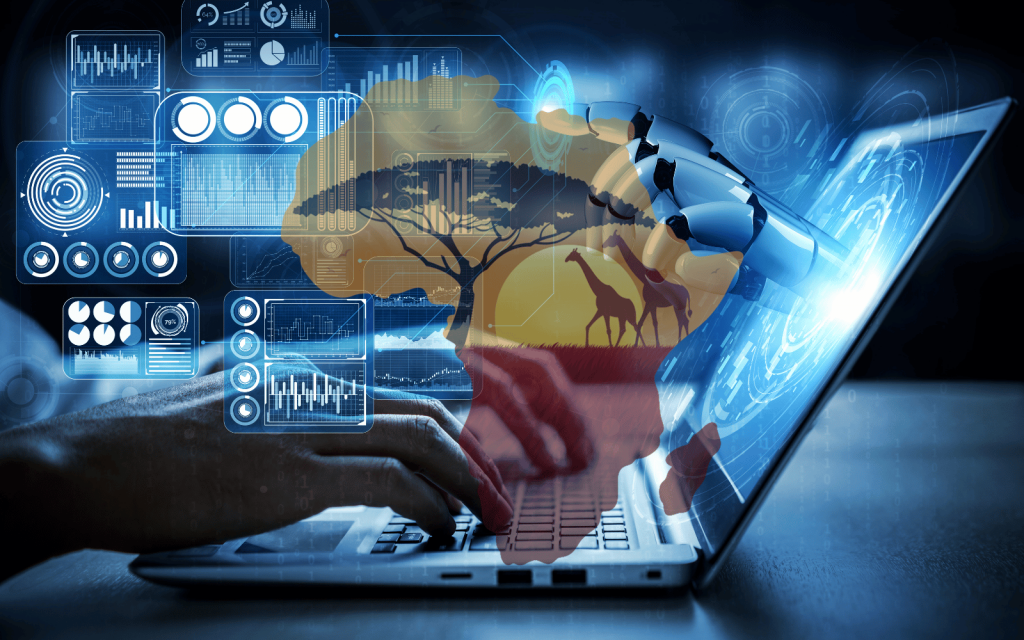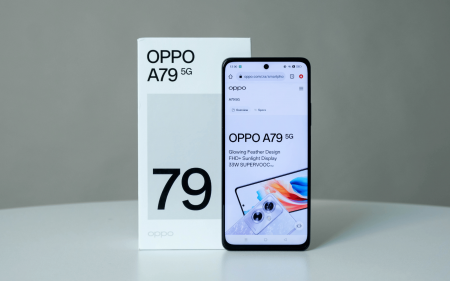Africa can get as much as a 50% boost in its economy if it can capture only 10% of the global Artificial Intelligence (AI), says Lilian Barnard, the president of Microsoft Africa.
“We are excited and optimistic, because it brings hope to Africa. In health, education, sustainability and more it will help to solve challenges,” she told Microsoft South Africa’s ‘A New Era with AI’ event in Sandton this week.
“We believe this technology can give us an upward trajectory when it comes to the African economy. In fact, analysts predict we can increase the African economy by 50% if we capture just 10% of the global AI market.”
Barnard thinks there is huge potential for AI in Africa.
“AI is changing things every day, and will shape everything we do”, she said. “It is truly the most defining technology of our time.”
AI’s big day in Africa
The continent is at the same “inflexion point” as the rest of the world, as AI technology is “changing fast and large language models [LLMs] are accelerating transformation”.
But, she adds, Africa still has its significant challenges. ‘We have high levels of unemployment but are blessed with a youthful population. We have a lack of connectivity and lack of digital or tech skills.”
To this end, Microsoft SA CEO Kalane Rampai announced an AI skills training program with Youth Employment Service (YES) for 300,000 youngsters.
Barnard, from whom Rampai took over when she was promoted to oversee “all of Africa”, said, “Despite these challenges, we see investment in cloud technology across the continent, and organisations infuse these technologies into their business processes”.
Legal Interact, which provides technology to the legal industry, uses AI to scan agreements and has developed an AI chatbot for a free WhatsApp service called My AI Lawyer. They are “literally using generative AI to democratise legal support,” says Barnard, having handled 50,000 queries in September alone.
The eThikwini municipality is using AI to help minimise “water losses, provide better quality water and ensure the general availability of water”.
Investec has developed its own generative AI service called ZebraGPT for its 9,000 employees, while broadcaster MultiChoice is using it for translating into other languages and producing subtitles, which takes 30% less time but is still 80% accurate.
“We know we are on the cusp of the next revolution that will change and shape the outlook of the continent for everyone,” enthused Barnard. “It’s the opportunity of a lifetime. We know AI transformation, the next wave of innovation, is here.”
Indeed, the AI race is well and truly on.
Money gets the AI ball rolling
Microsoft presciently invested $1 billion in OpenAI and when its ChatGPT exploded a year ago, it put in another $10 billion to raise its stake to 50%. OpenAI’s technology underpins Microsoft’s Copilot.
Left in the marketing dust, Google has rushed to catch up – declaring that the generative AI was a “code red” for its hugely profitable search business. Last year it invested $300 million in AI startup Anthropic, which makes an AI service called Claude. In September, Amazon – whose Alexa voice assistant was an early AI service – also invested $4 billion in Anthropic.
Another AI startup, Inflection AI, raised $1.3 billion from Microsoft and Nvidia amongst others.
Microsoft has masterfully evolved itself into a cloud-focused behemoth, folding its once-dominant Windows business into the Azure cloud division. This alone gives you a sense of how much it has changed in the last decade.
Last month it was given the go-ahead by competition authorities to finalise its $69 billion acquisition of Activision Blizzard, which makes the wildly successful Call of Duty and World of Warcraft games.
Having evolved into a cloud player, second to Amazon Web Services, it is adding its OpenAI technology as a new AI assistant in its software, called Copilot. Baked into all of Microsoft’s offerings, it offers a much more focused service than ChatGPT, which uses LLMs based on the World Wide Web.
With Copilot, a Microsoft user can specify what documents, emails, or contacts to use as sources and get a more focused result.
“We talk about Copilot and not autopilot,” says Barnard. “it is helping build apps much faster, creating presentations, publishing documents. People collaborating literally at the next level.”
To achieve this Microsoft has had to add more and more processing power to its data centres, while also trying to use less fossil fuel-based electricity in a climate-conscious era.
South Africa’s Azure data centres launched in 2019 and are the second fastest-growing in the world, said Mark Chaban, Microsoft’s chief technology officer for the Europe, Middle East and Africa region.
Read More: Microsoft’s AI wants to be your Copilot
Microsoft is one of few so-called hyperscalers, who provide massive networks of data centres with fast connections between them. Chaban says Microsoft will build 120 data centres this year, or a new one every three days. “How do you do this sustainably?” he asks.
Its research division has found sometimes simple concepts (like allowing natural airflow to cool down racks of servers, then adding water for the breeze to pass through to cool it down further) or complex ones like submerging whole data centres under the sea near Scotland.
Another approach is to immerse the motherboard in a non-conductive liquid coolant, which – like the submersed modules which remove all oxygen – also reduces the temperature and increases the servers’ performance.
As Barnard says: “we are in the next wave of AI transformation”.





